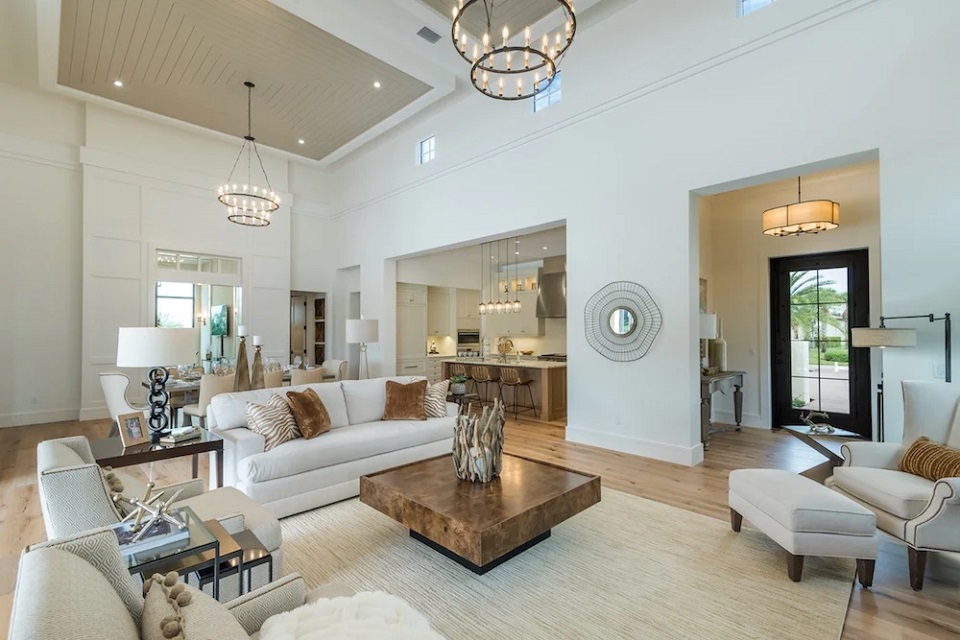Interior design is a huge factor in our lives, and it has a direct impact on our emotions. The effects of interior design are subtle but can dramatically impact our moods, physical health and productivity levels.
Research is beginning to show how design elements can affect the brain and body positively or negatively. It’s essential to know how your home affects your emotions and how to optimize it for your well-being.
Table of Contents
Color
Color is an essential element to consider when designing your home. Not only does it affect how the space looks, but it can also convey a vibe to the people living there.
For example, pink is an innately feminine shade that instantly brightens a room and adds a sense of romance. This popular color can be found in everything from blush to rose to flamingo shades.
Blue is another favorite in interior design, especially in bedrooms, as it helps to promote peaceful sleep. Studies show that it can help with mental clarity as well.
Space
When it comes to the impact of interior design on your home, there are several factors to consider. One of the most important is space.
Interior designers such as those from Designer Premier ensure that a space is comfortable, functional, and easy to use. This is done by designing the layout of a room and determining the placement and style of furniture and other accessories that will be appropriate for the user.
In addition, a growing body of research suggests how the space you occupy can affect your mood and mental health. This research is helping architects and interior designers understand how to create environments that improve a person’s mental well-being.
Lighting
Lighting significantly impacts the overall look and feel of your home. It can affect the size of a room, create ambiance and even influence your mood.
The right type of lighting can change the entire atmosphere of your home and bring new life into your design. It can also add to the aesthetic appeal of your home, giving it a warm and welcoming feeling.
Lighting can make a room seem larger by softening the walls with reflected light. It can highlight specific elements using track lights, recessed can lighting, and even exceptional picture or mirror frames with built-in lighting. Art lights can significantly influence a room, like plug-in picture light fixtures that can draw attention to artwork or photographs on the walls. Additionally, dimmable lighting options can create different moods and atmospheres depending on the time of day or desired ambiance.
Furniture
Furniture is an essential component of any home and is vital in creating an overall aesthetic. It also provides a place to sit, sleep, and eat.
Interior designers consider the function of each piece of furniture while arranging them. It is important to select pieces that evoke comfort and refinement and to make sure that they complement each other.
Choosing sustainable furniture is a great way to reduce its environmental impact. It also helps to avoid using materials that contain harmful chemicals and products that produce greenhouse gas emissions.
Accessories
Accessories are one of the most significant elements of interior design that can completely change the look and feel of a room. They add that burst of personal expression that makes a space feel unique and yours.
Home accessories are an excellent way to freshen up a room and give it a new feel without spending money on remodeling or replacing furniture. Adding art pieces, vases, rugs, and other decor will help the entire room come to life and create a sense of style, relief and elegance.
When designing their homes, they often have a specific item they want to put in their space. Whether that’s artwork or a new piece of furniture, home accessories are the perfect solution if they’ve not yet found the right items!



